Posts on Design Trends
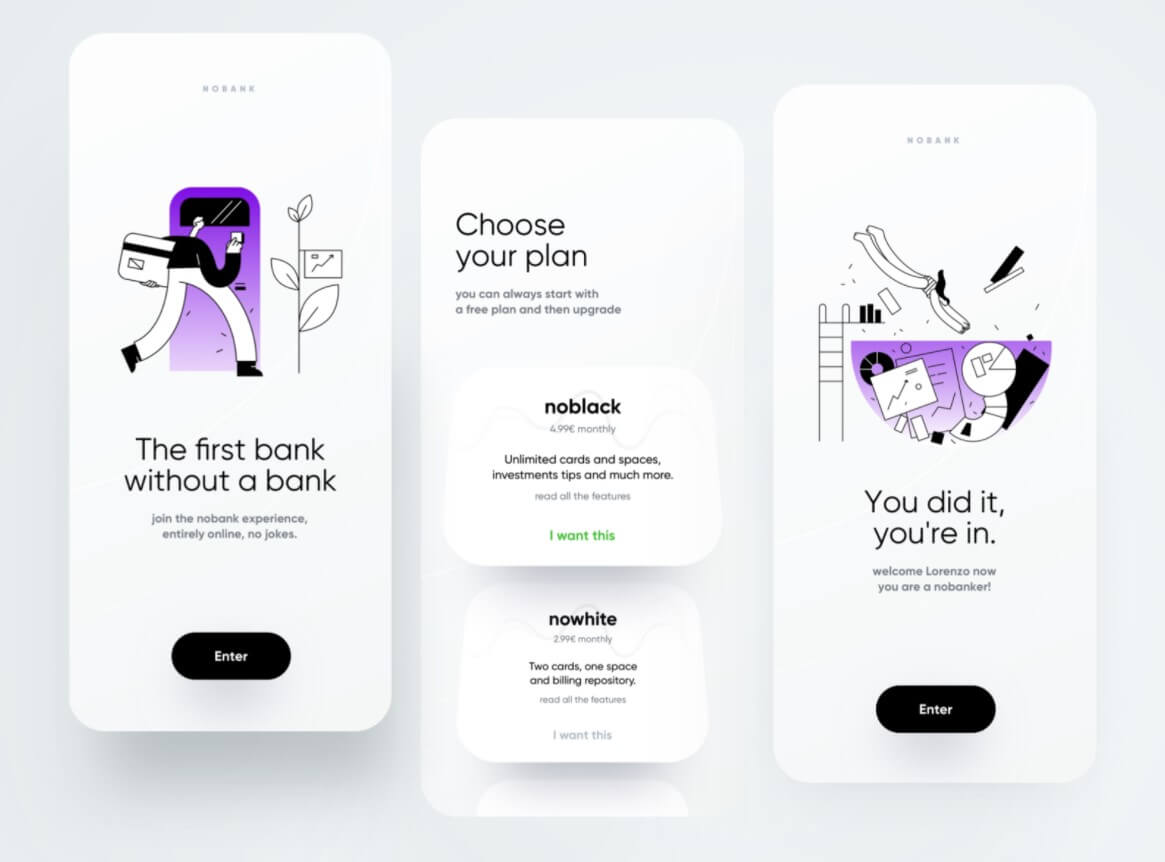
Design Trends
Mobile App Design Trends: Comprehensive Collection
Mobile app design trends never stay the same. The world is changing, new technologies are growing, and new approaches to design are appearing. Since…
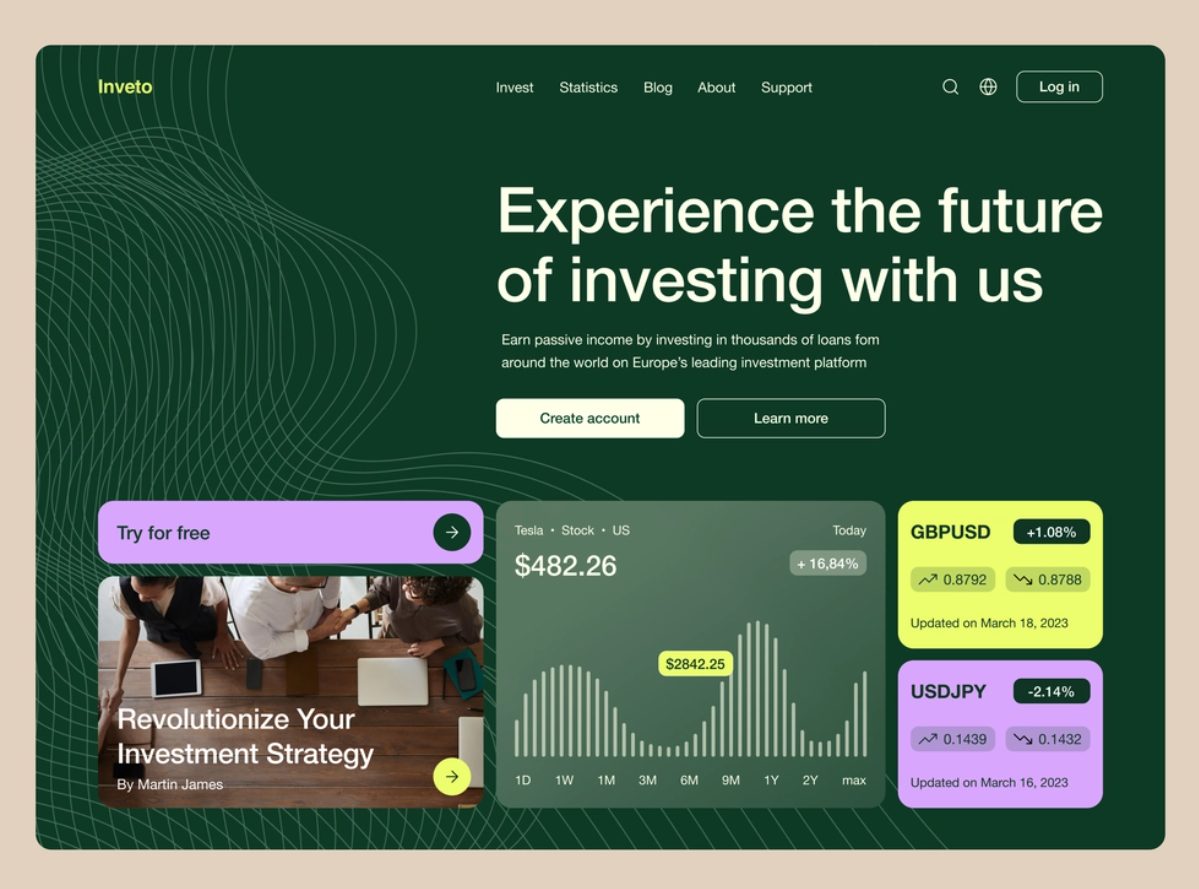
Design Trends
B2B e-Commerce Trends: Insights and Analysis
The essential peculiarity of the B2B market is that the seller and the buyer are partners. The seller earns by selling goods or services,…
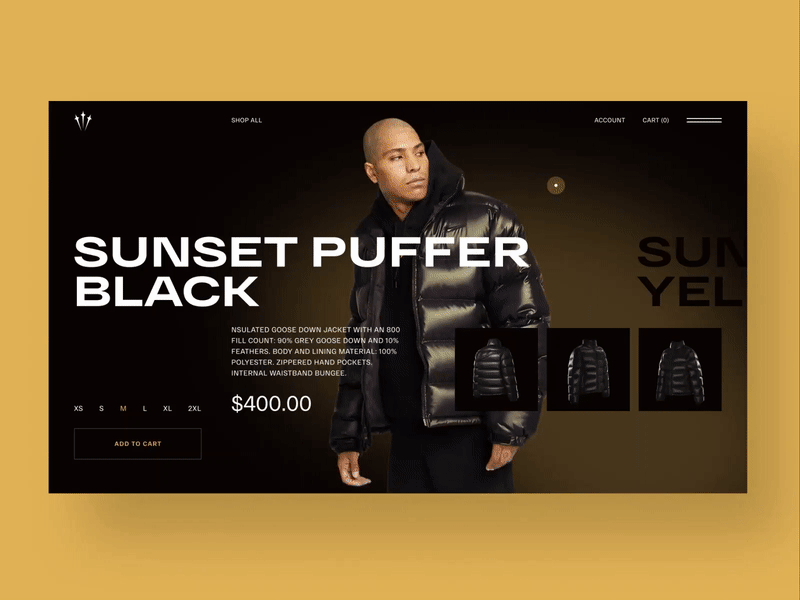
Design Trends
Top 9 E-Commerce Website Design Trends in 2023
The ease and accessibility that e-commerce UX trends bring help the market, led by giants like AliExpress, slowly overtake the retail industry. How did…
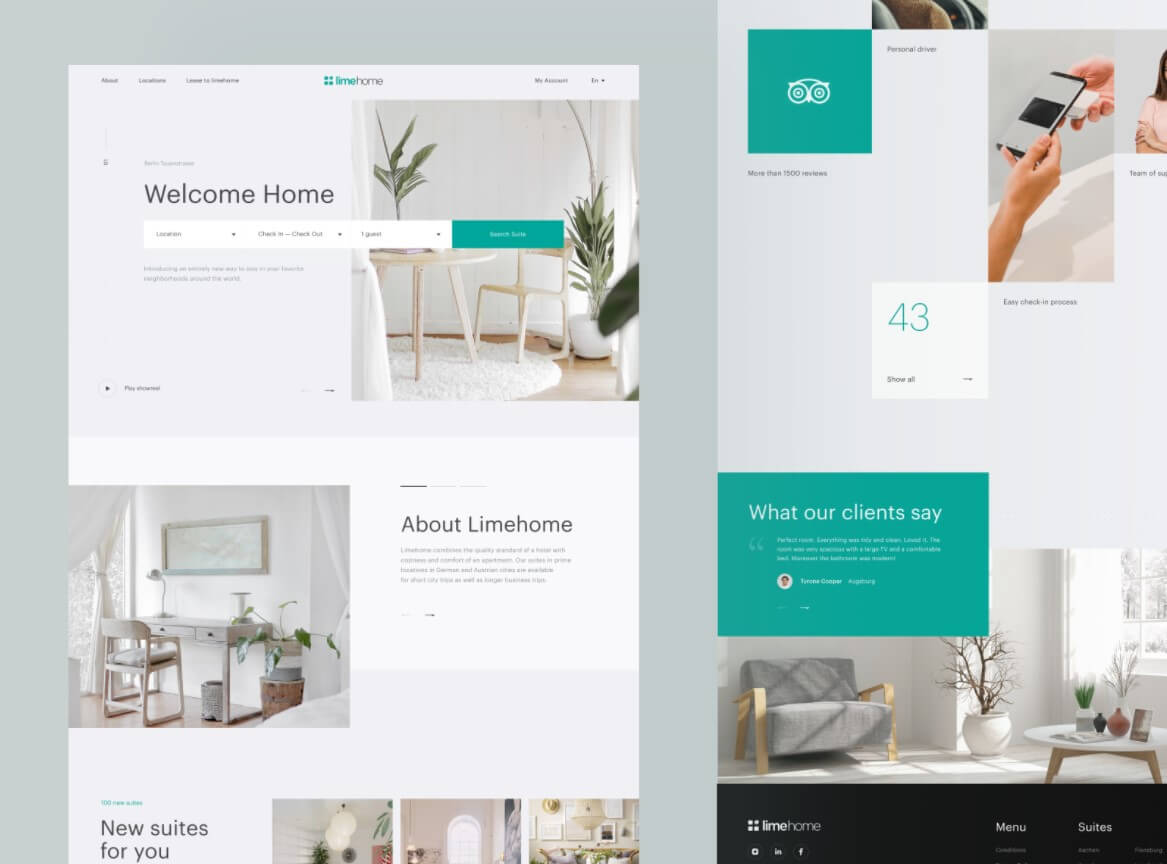
Design Trends
Modern Website Design Examples: Tips for Creating a Website Design
You only have 0.1 seconds to impress your website visitors, as most of them evaluate your business’s credibility based on the website design. Recent…
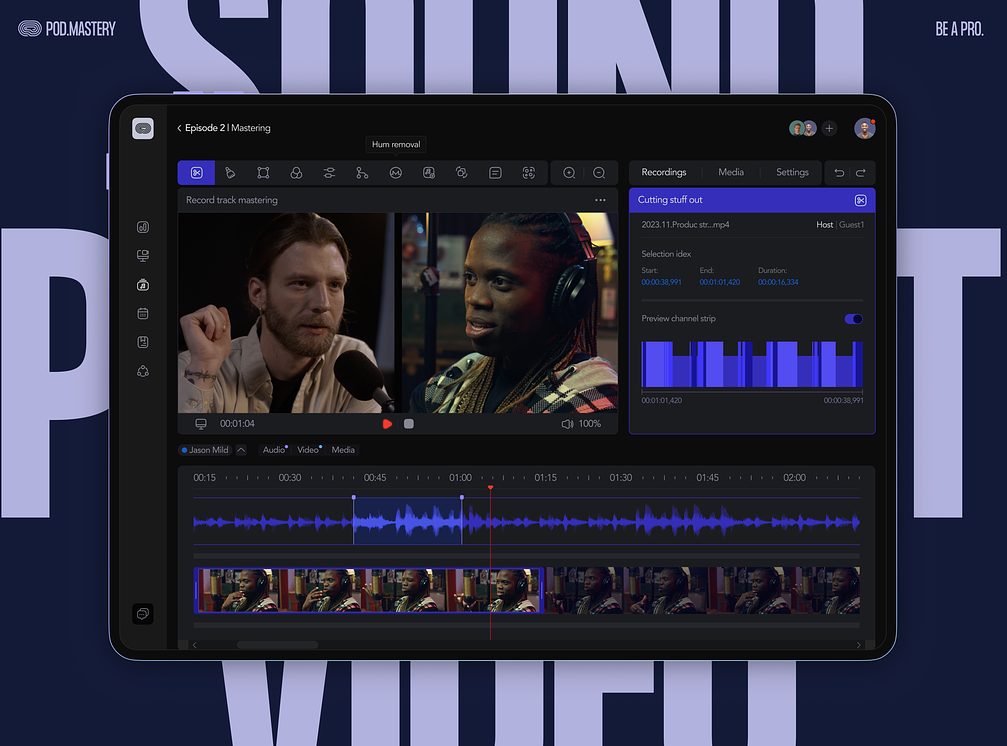
Design Trends
XR Design: Definition, Technologies, Trends
Businesses are aware of the fact that for individuals to connect while digitalization is still having an impact on many people’s lives, social XR…
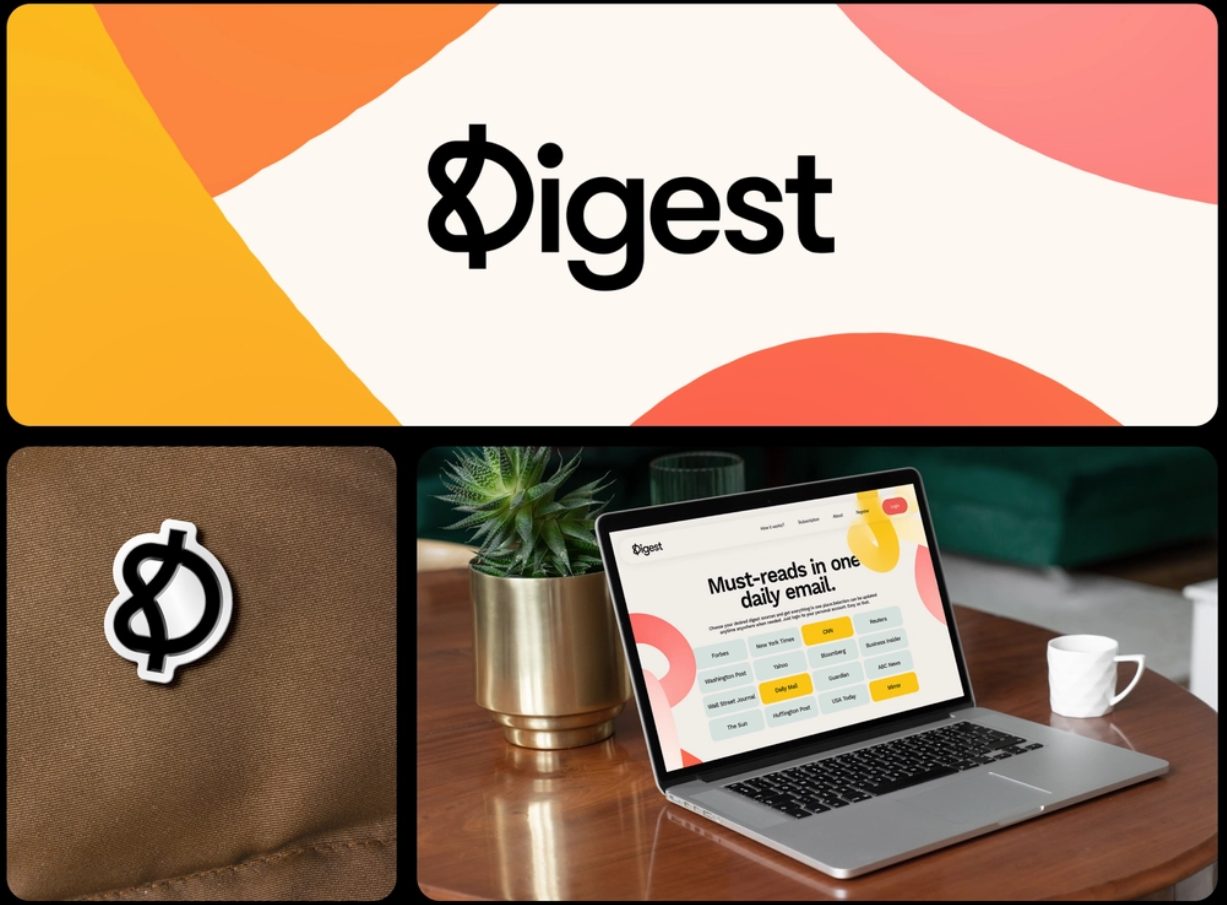
Design Trends
Adtech Trends to Pay Attention To
New advertising technology is rising, more unique up-to-date adtech solutions are created and recent trends are formed based on modern advertisers’ requests. By analyzing…
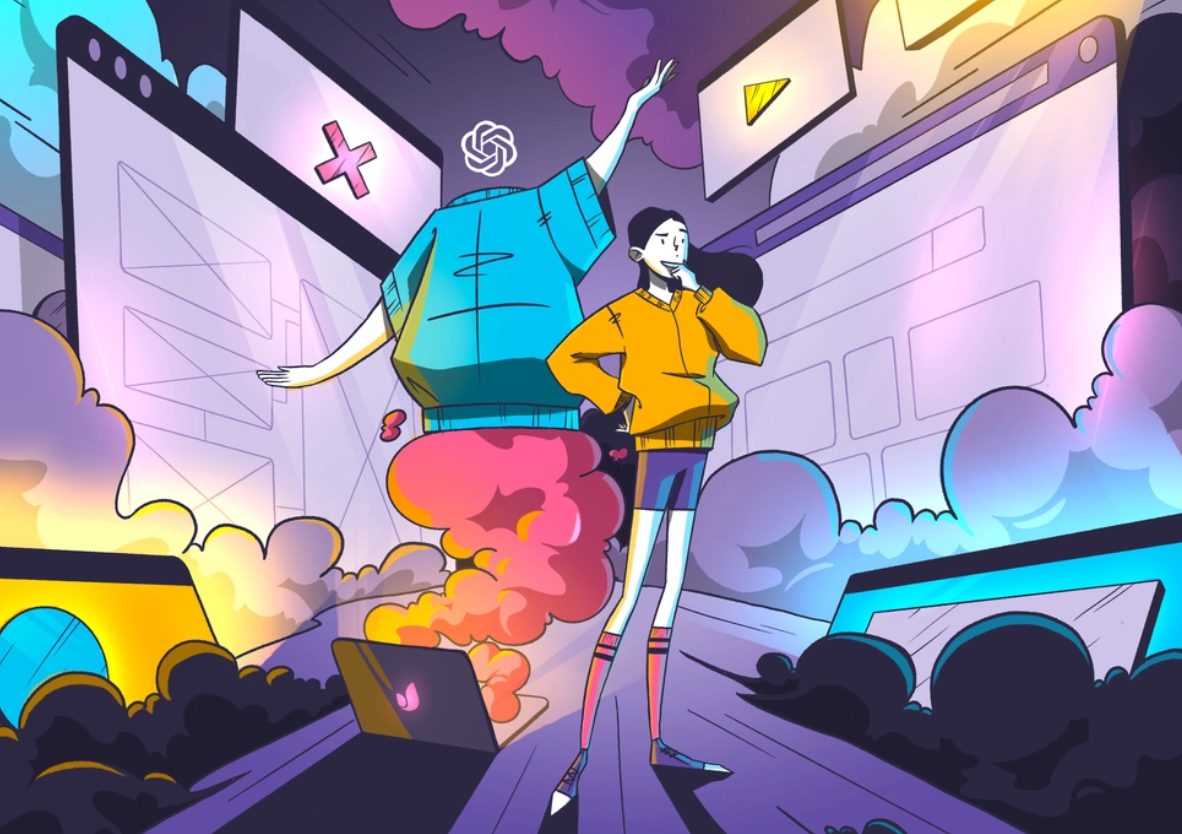
Design Trends
Ways to Use ChatGPT in Design Process
There is hardly a person who hasn’t heard about ChatGPT yet and hasn’t tried it, at least for fun. But what if we told…
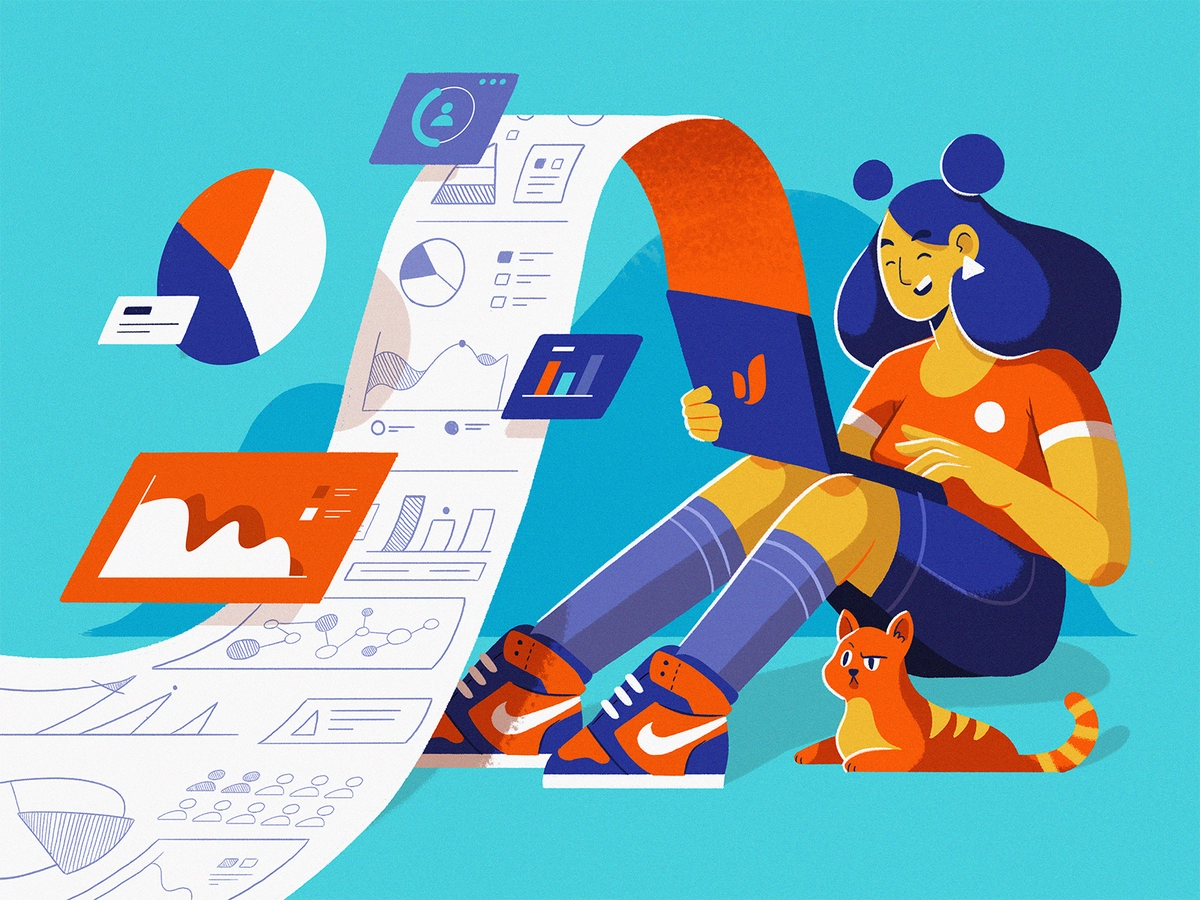
Design Trends
8 EdTech Trends to Watch in 2023
Do you plan to launch an EdTech startup? Great idea, as this field is blooming. Though, you need to monitor trends in education technology…
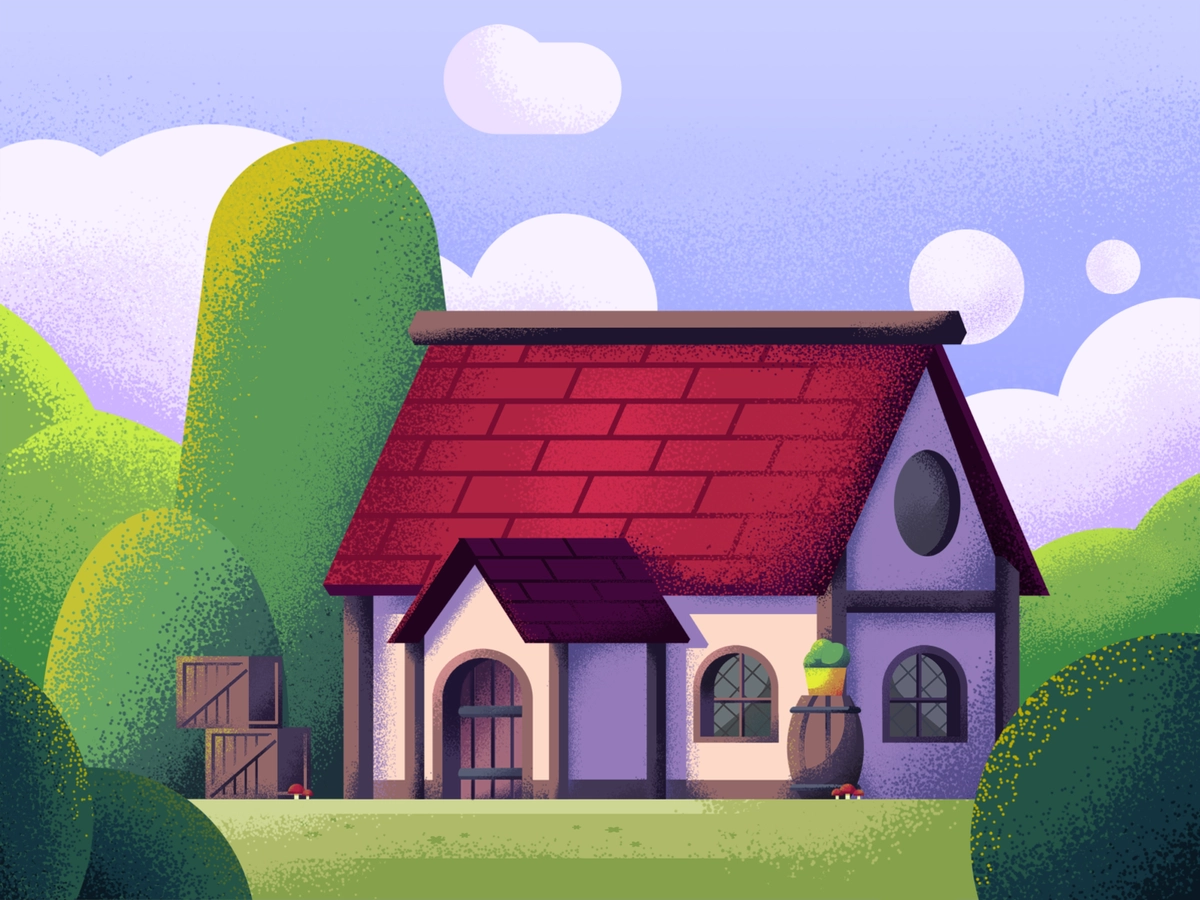
Design Trends
12 Software Development Trends in Real Estate Industry to Look at in 2023
Created by Ana Mitaishvili The real estate industry has been through many ups and downs in the last ten years. With each year, it…

Design Trends
5 Common Trends & Risk Management Issues to Combat
Risks are a subjective and inevitable factor of any business activity. Therefore, risk management issues may occur in any sphere including product design. Being…

Design Trends
Alternative UX Patterns: Avoiding Nested Modals in Digital Products
It is well known that most users prefer clear, easy-to-follow navigation. According to Clutch’s survey, 94% of consumers think it’s the most important site…






